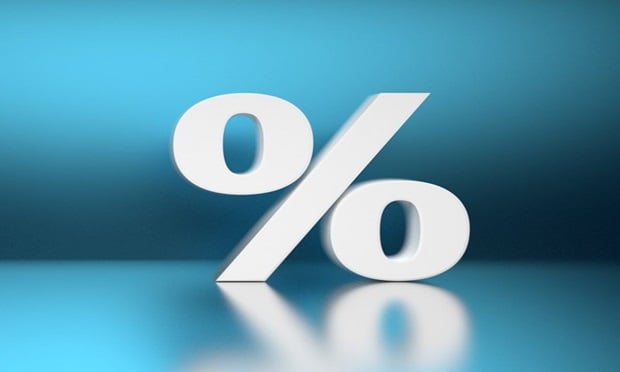LOS ANGELES-The real estate recession has ended and our clients are once again optimistic, expecting properties to lease up and rents to gradually increase. With this new upbeat outlook, we are often asked: Should an investor use an equity partner or high leverage debt to fill out the capital stack?
It depends. It depends on the client's tolerance for risk, the amount of “dry powder” (liquidity) they have available, and also the size of the client's available co-investment.
When determining which capital source is the right choice, one must consider the following:
*Risk: Will the client sleep better at night knowing that their equity partner will be there to cover downturns in the cash flow (by deferring their preferred return)?
*Liquidity: Does the client have the liquidity to keep the project going if there is a downturn?
*Co-Investment: Can the client and his network of small investors put up 10%-15% of the total cost in cash required for high leverage debt financing?
An advantage with an institutional equity partner is that the sponsor knows his partner will defer their preferred return, and will require as little as 3% of the total capital as a co-investment (90/10 with a 70% loan). That said, the institutional equity partner will then take 50%-80% of the upside, unless the sponsor wants to stretch and get all the upside using high leverage debt.
Now that the market is turning around, investors are looking to take more risks, believing this is their opportunity to “make it big.” And with a smaller total equity investment, the investors can get a larger internal rate of return and multiple on the smaller capital infusion.
While one can certainly have big wins with an equity partner, one can have even bigger wins using high leverage debt if everything goes well. High leverage debt can go up to 90% of cost, with rates of 12%-17% for the highest leverage “mezzanine” piece. These mezzanine lenders can provide money for value-add deals, partner buy outs and even construction loans.
For example, we recently arranged 85% financing for a client buying out his partners on a shopping center. After the buyout, he continued to improve the property, and then sold the property at the right time, making a $40 million profit. If he had brought in an institutional equity partner instead, his upside would have been substantially reduced, making high levered debt the right choice for this investment.
On the other hand, understanding which types of deals will benefit from high leverage debt is essential. In general, high leverage debt should never be used for land deals. This type of financing works best for cash flowing assets, construction of apartments and preleased commercial assets. It also works well when the lender will give the sponsor credit for imputed value in land or ownership, which is often seen in partner buy outs.
While equity partners may have been the staple of years past, high leverage financing is now a viable and profitable option. Determining the type of financing is as strategic as choosing the investment itself. Investors should weigh all options and consider consulting with a professional to ensure that the financing they select will result in the highest return.
Steve Bram is principal and managing director of George Smith Partners. The views expressed in this column are the author's own.
Want to continue reading?
Become a Free ALM Digital Reader.
Once you are an ALM Digital Member, you’ll receive:
- Breaking commercial real estate news and analysis, on-site and via our newsletters and custom alerts
- Educational webcasts, white papers, and ebooks from industry thought leaders
- Critical coverage of the property casualty insurance and financial advisory markets on our other ALM sites, PropertyCasualty360 and ThinkAdvisor
Already have an account? Sign In Now
*May exclude premium content© 2025 ALM Global, LLC, All Rights Reserved. Request academic re-use from www.copyright.com. All other uses, submit a request to [email protected]. For more information visit Asset & Logo Licensing.








